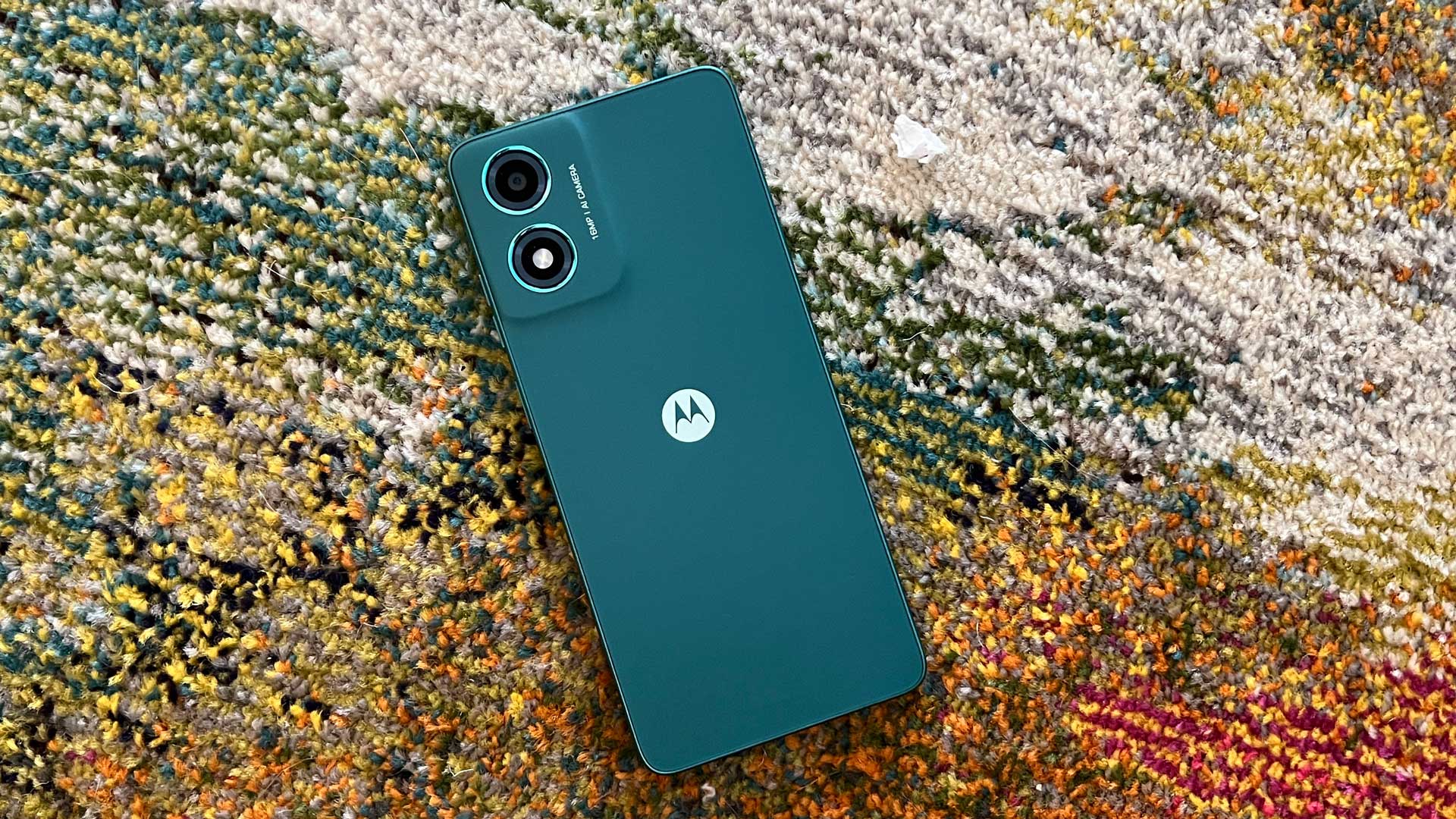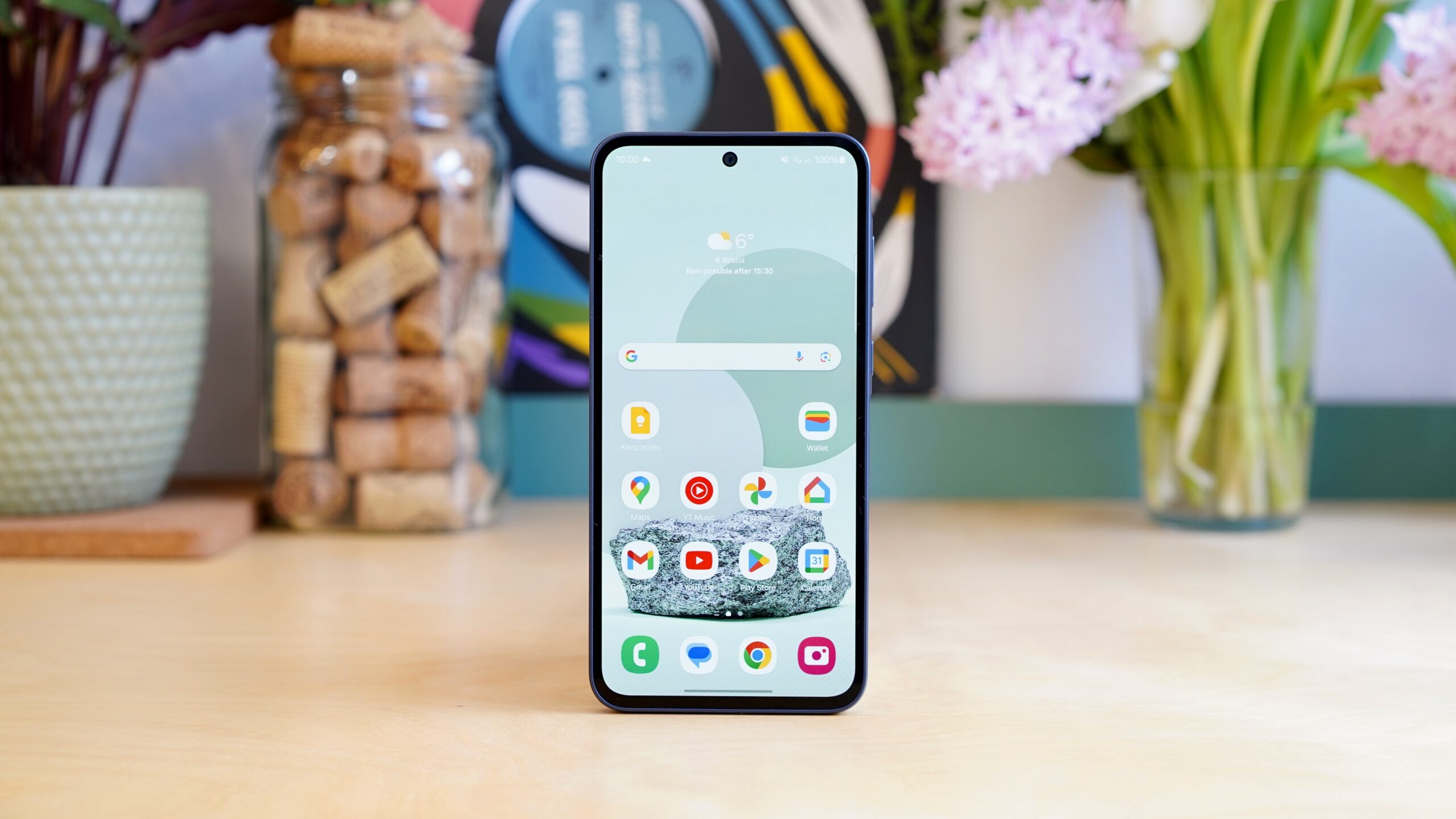Motorola Edge 30 Fusion Review
On the edge of glory
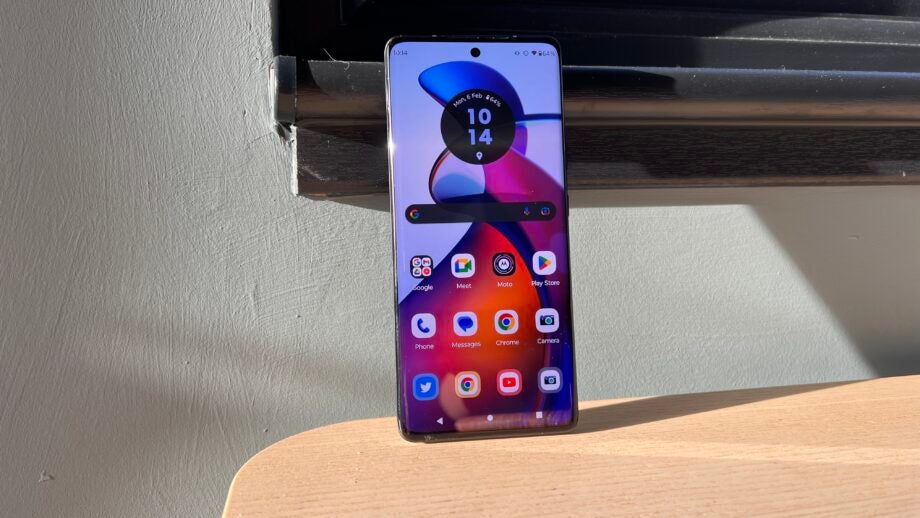

Verdict
The Motorola Edge 30 Fusion is a premium mid-range smartphone with a lot going for it, boasting a great screen, super-fast charging, powerful performance, a dependable set of cameras and decent battery life. But for a telephoto camera, better low-light performance and better durability, it would be an easy recommendation. At the price of entry there is a lot of accomplished competition, but the Fusion should definitely be in your sights.
Pros
- Fast charging capabilities
- Premium build
- Near-stock Android experience
Cons
- Not the most durable
- Only one OS upgrade
Availability
- UKRRP: £499
- USAunavailable
- EuropeRRP: €600
- Canadaunavailable
- Australiaunavailable
Key Features
- 6.55-inch 144Hz pOLED displayThis screen is large and particularly smooth thanks to its high refresh rate
- 68W fast chargingWith 68W fast charging, expect to spend much less time tethered to the wall
- Snapdragon 888+ 5G chipsetThere’s a very capable chipset on board this handset
Introduction
There are few manufacturers offering quite so much variety in their product lines as Motorola.
At each segment of the market, it has something available for the discerning customer, from budget blowers through to flagship fantastics, each with its own authentic ‘Moto’ spin.
With its ‘Edge’ lineup the focus is mostly on the mid-range however, notoriously one of the most difficult segments of the smartphone market to crack. Each keen to grab a slice of the pie, a host of players have options available with features aplenty at a price that won’t break the bank.
The likes of Realme, Xiaomi, Samsung, Google and even Apple are trying to woo the public with telephoto cameras, snappy performance and more, meaning that Moto’s latest effort, the Edge 30 Fusion, will need to do a lot to get a look in.
With a decent Snapdragon processor, a 50MP main camera, a curved design and the Moto software suite, it certainly doesn’t lack in ambition, but does the execution leave something to be desired? Does the Moto Edge 30 Fusion deserve a place in your pocket?
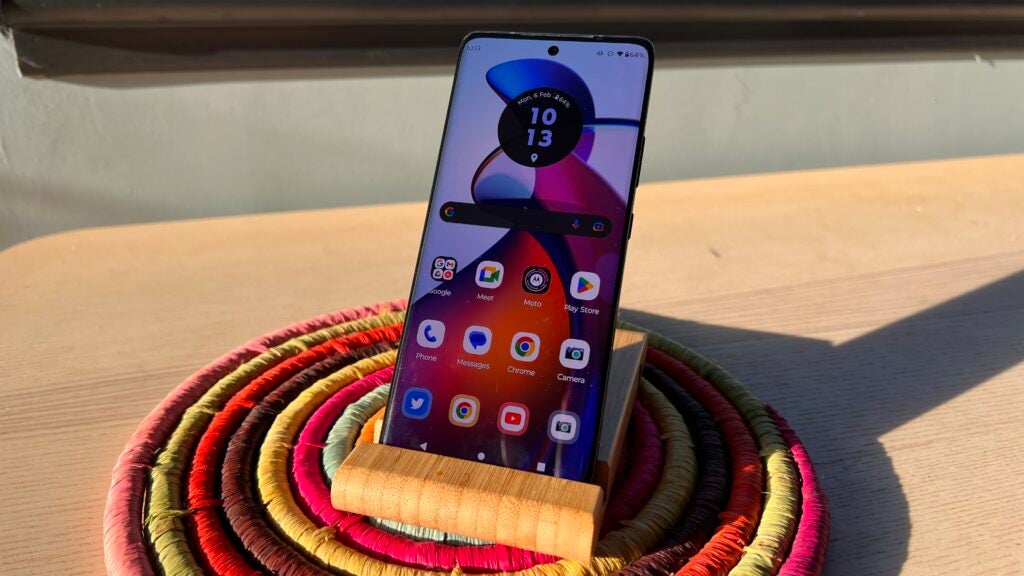
Design and screen
- Has a curved OLED screen with 1080p resolution
- Rear is encased in glass
- Doesn’t have a 3.5mm headphone jack
A lot has been written and said about the stagnation of design in smartphones. Where once there were interesting choices of colours and materials, now we mostly see a sea of black rectangles, each boxier than the one before.
The Moto Edge 30 Fusion doesn’t do anything to break this trend, though it does do a few things differently, mostly within the context of colour options. As is always the case, there is the business-appropriate grey option, but for those who like a little more flash in their pocket, there’s also the option for blue, gold and white. These aren’t necessarily the most daring choices available, but that they are there at all is pleasant to see.
Thanks to the use of materials, the Fusion makes a great first impression in the hand, with premium-feeling metal and glass constituting the majority of its makeup. It is cold to the touch, and unfortunately very, very slippy – this is yet another phone that will need a case to counter its somewhat suicidal proclivities. The danger of damage is exacerbated by choices made with the curve of the screen.
There are upsides and downsides to the use of flat displays, but one thing flat displays have over their curved cousins is the promise of better durability. The Fusion may wrap relatively nicely in the hand, but doesn’t feel like a phone that could win a grapple with gravity.
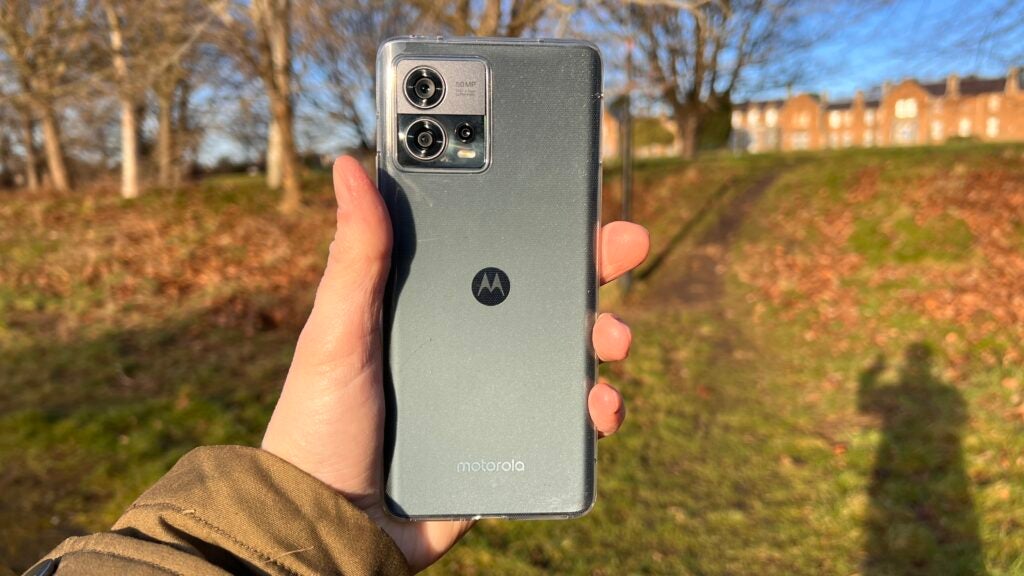
Foibles aside, due to the narrow aspect ratio used it is relatively comfortable to use one-handed and certainly looks as though it is worth more than the price of entry. It is every inch the modern ‘premium’ smartphone, it just doesn’t do much interesting or different. This isn’t to deny that the almost bezel-less front doesn’t have an allure of its own, but the same thing has been done elsewhere and many times.
The picture definitely improves when it comes to the display. Here there is the usual boatload of marketing acronyms attached, meaning that it is a 6.55-inch 144Hz pOLED panel with ‘1 Billion’ colours, HDR10+ compatibility and a maximum theoretical brightness of 1100 nits. None of these mean anything particularly significant in isolation, but they combine for a highly pleasing result.
To break them down, firstly, this is a phone with a high refresh rate display – meaning that the screen appears subjectively ‘faster’ in normal use and makes the phone feel just that little bit nippier.
The use of an OLED panel makes for impressively saturated colours and inky blacks, while the ‘1 Billion’ colours represent a high dynamic range – meaning that it is better at representing subtle gradations between different shades. With HDR10+ compatibility, supported content will have a little extra brightness and pop when shown, while the high brightness means that the display remains legible even on particularly bright days.
Though the screen is large at 6.55 inches, the stretched aspect ratio makes it easy to use one-handed, and certainly in comparison to some of the competition.
Purely subjectively, the screen on the Edge 30 Fusion is by far one of its strongest assets, bar the curved edges.
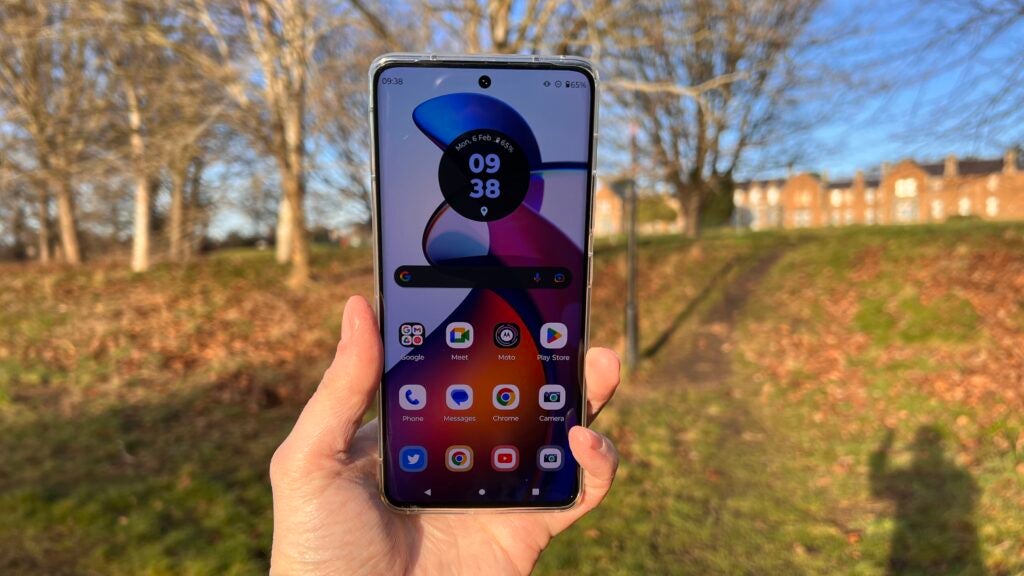
Camera
- Rear main camera has 50MP and OIS
- Front facing camera is 32MP, binning to 8MP
- Can be launched with a double-twist of the wrist
If smartphone displays come with a lot of marketing baggage attached, so too do their cameras. Manufacturers are always on the lookout for ways to distinguish their products from the competition and to differentiate between devices within their own lineups, and the camera set-up is commonly where this is most obvious.
Being the middle child, the Fusion therefore has a fancier camera than the likes of the Neo, but one that has fewer bells and whistles than the top-of-the-line Ultra. The main sensor is optically stabilised, relatively large at 1/1.55in, offers 50MP resolution and an aperture of f/1.8, and is paired with a 13MP ultrawide and a superfluous 2MP depth sensor. On the front things become a little more interesting, with the selfie snapper boasting 32MP for those occasions when you wish to capture every pore and orifice on your face in excruciating detail.
Starting with the app itself, it is quick to open (especially with the ‘double twist’ gesture), quick to focus and quick to take a snap – all of which equates to a win. You will never be stuck looking for a setting, nor will you easily miss a fleeting moment with the Fusion.

As for general picture quality, in most situations it proves to be quite impressive. Binning images to 12.5MP, the main sensor shows strong detail, even working well with foliage and soft edges – though leaves and grass can sometimes be oversharpened. Colours are pleasantly saturated, though over the top on occasion, and dynamic range is reliably wide.
The autofocus managed to keep up with a hyperactive toddler and dog too – no mean feat. In most situations the Fusion will take images that you’ll want to keep, and that is no small compliment.

As might be expected, the 50MP mode promises more detail but just oversharpens an existing image, and as such isn’t worth using.
Though night performance remains strong, a few issues do arise – textures become noticeably less detailed, there’s a loss of saturation and the in-built night mode isn’t the best at compensating for movement blur. It isn’t bad by any means, but doesn’t challenge the competition for the crown of best low-light performance. This is true of the ultrawide too, where performance is generally decent but impacted by the use of what is ultimately a lower-performance sensor.
The selfie snapper produces good quality images, binned to 8MP in resolution, showcasing plenty of detail and good dynamic range. Video on the other hand can be choppy at higher quality settings, noticeably at 4K and above – as such this won’t be the best option for budding videographers.

Though the Edge 30 Fusion doesn’t have the best camera in its price class, what it offers is very solid performance in most situations and as such will be a dependable snapper for any potential buyers.
What is jarring for the price however is the lack of a telephoto sensor. At the price point, where the likes of the Samsung S23 and others can be found, optical zoom is a given, and though the Moto can achieve respectable results at 2X, this is just a digital crop. Where the competition at even lower price points is offering 2X, 3X or even 5X sensors, the lack of this on the Moto simply seems short-sighted.

Performance
- Runs a Snapdragon 888+ processor
- Comes with 8GB of RAM and 128GB of storage by default
- Runs mostly ‘stock’ Android with a Moto twist
Though the display and cameras have been prominent areas of investment for Motorola with the Edge 30 Fusion, one thing is clear – performance is clearly intended to be the main yardstick it should be measured by. Running a Snapdragon 888+ processor paired with a minimum of 8GB of RAM and 128GB of memory the Fusion can handle its own when it comes to sheer power.
This can be felt in everyday use. It is rare that a smartphone truly feels slow in the present, but the Edge 30 Fusion flies through most tasks with ease, from swiping through the interface to playing intensive games.
What’s more, even after long periods of use the Fusion kept its cool, no mean feat given its slim dimensions.
More theoretical arguments about whether this kind of performance in a smartphone is really necessary, if you are looking for a highly powerful smartphone at the £/$500 price point then this should be well worth considering.
As ever, given that this is a ‘Moto’ branded phone means that it comes with a specific software package, that being the Moto suite. This is a series of tweaks, features and optimisations added to the core Android experience by Moto since 2013 with the Moto X.
To start, the gestures remain as simple and useful as ever. Double karate-chop to launch the torch and double twist to activate the camera become second nature, to the extent you’ll be doing the same with every phone.
The always-on display implementation remains the most useful version of the concept yet to be used, and the included game mode adds a little extra performance in situations where it is most needed.
Most useful is the ReadyFor software, which allows a few extra functions when connected to a PC or compatible screen. This can mean acting as a webcam for Zoom calls (very useful) and offering a light desktop environment for file browsing. These are a series of well-thought-out improvements to the core Android experience and remain a potent selling point for Motorola.
No changes are made to navigation or the operation of Android, there’s no duplicate apps or doubling down on selling services – merely attempts to improve the overall experience of using the device.
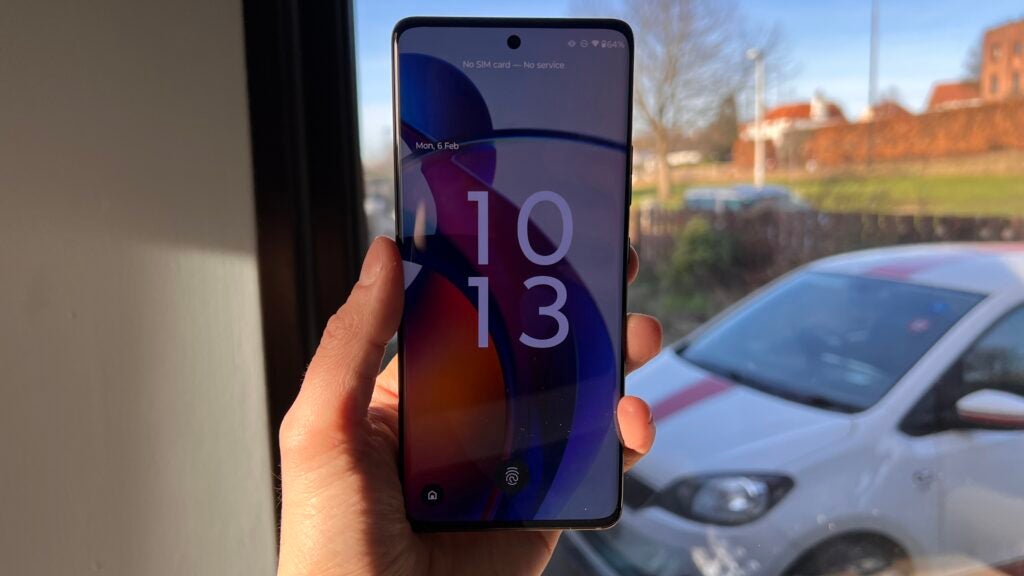
Battery life
- Has a 4,400mAh battery
- Offers 68W fast charging via PowerDelivery
- Charges over USB-C
Good battery life is a combination of several factors, usually a big battery plus optimised software plus an efficient processor. The absence of any of the above doesn’t guarantee poor performance, but it lessens the chance of achieving a respectable runtime.
So with a relatively power-hungry processor and a ‘small’ 4400mAh battery, the odds seem stacked against the Edge 30 Fusion as regards battery performance. Happily, the picture is more positive than the situation on paper might appear.
Starting at 7am with 100%, across a 16-hour day with an hour of GPS, streaming music to Bluetooth headphones, messaging, watching video and with an hour of calls, the Edge 30 Fusion had around 21% left in the tank by the end. This would indicate that, for many, this will be a smartphone that should always be able to make it through a full day of use.
Topping up proved to be very quick with the device managing to top up over 75% in 30 min with the included charger. This is over the PowerDelivery standard, meaning that a host of other fast chargers will also work with the Edge 30 Fusion.
This, with the generally good battery life, means that while the Edge 30 Fusion won’t win any awards for its longevity, it will be more than good enough for most people. If you need the absolute best battery life, you would be best to look to the likes of the Apple iPhone 14 Pro Max.
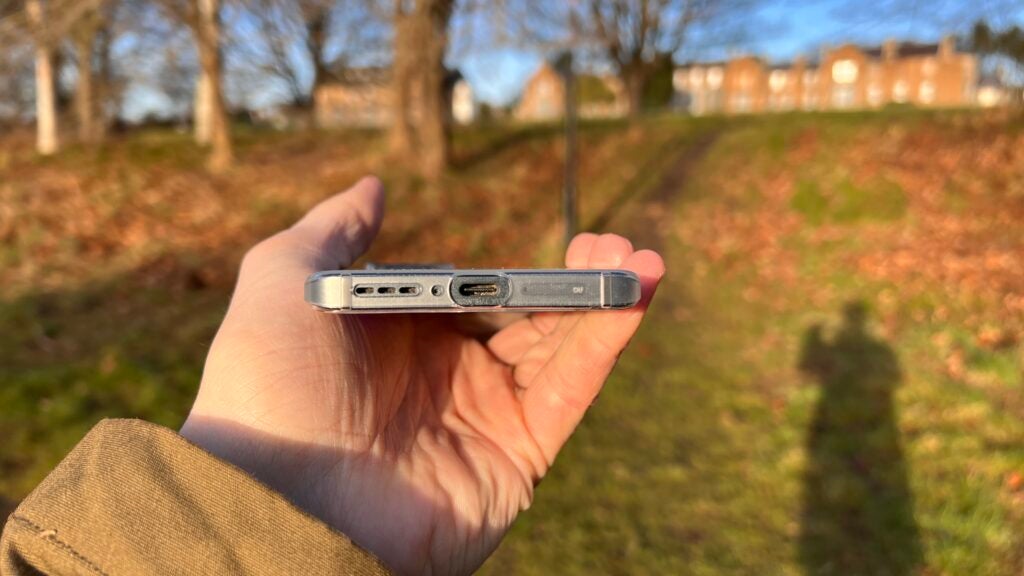
Latest deals
Should you buy it?
You want a powerful, premium smartphone: The Motorola Edge 30 Fusion offers a premium smartphone experience with its high-end display and top performance.
You want the best camera performance: While capable, the Motorola Edge 30 Fusion’s cameras can’t quite compete with the best smartphone cameras out there right now.
Final Thoughts
What ‘mid-range’ is has changed enormously in recent years, whereas once it meant devices in the £300-400 bracket, it now means anything that isn’t premium that also isn’t budget.
The Motorola Edge 30 Fusion sits in the higher echelons of this hierarchy, costing a little too much to be truly mid-range but with a few too many compromises to be considered a flagship device. That isn’t to say that it doesn’t have its strengths however, for it has many.
With a great display, strong stereo speakers, dependable camera performance, very fast charging and speedy performance, the Fusion is a very well-rounded smartphone with few real flaws. That it doesn’t reinvent the wheel with its design may not be an issue for many, but the curved design and extensive use of glass mean that this is another phone which will need to live in a case.
But for better low-light camera performance, a telephoto camera sensor and the inclusion of waterproofing, the Fusion would be an instant recommendation. For most people this will be a highly likeable handset that offers a lot, and as such should be on your list if you are in the market for a new smartphone.
How we test
We test every mobile phone we review thoroughly. We use industry-standard tests to compare features properly and we use the phone as our main device over the review period. We’ll always tell you what we find and we never, ever, accept money to review a product.
Find out more about how we test in our ethics policy.
Used as a main phone for the review period
Thorough camera testing in a variety of lighting conditions
Tested and benchmarked using respected industry tests
FAQs
It is rated for splash resistance
It doesn’t have a headphone jack
It doesn’t have wireless charging
A charger is included with this phone

